Frequently Asked Questions
Is poison ivy dangerous?
Yes, poison ivy can be dangerous for many people. The plant produces an oily resin called urushiol, which causes an allergic skin reaction in about 85% of people. Contact with the oil—through direct touch or indirectly via clothing, pets, or tools—can lead to an itchy, blistering rash that may last for weeks and often require medical intervention. Inhaling smoke from burning poison ivy can also cause serious respiratory issues.
Is your treatment harmful to the soil?
We choose the product we use based upon the variables within the environment we treat. The active ingredients are designed to break down in the soil over time. While it binds tightly to soil particles and generally becomes inactive, overuse can disrupt microbial activity and reduce soil health if not applied carefully. When used properly, it poses minimal long-term risk to most soils, especially in targeted applications like poison ivy control. Still, integrated management and spot treatments are recommended to minimize environmental impact.
Can I simply cut back poison ivy?
Cutting poison ivy alone won’t eliminate it—it will regrow from the roots, often more aggressively. Some choose store bought products that can kill most of the leaves, but leave a healthy root system to grow back. For full eradication, a combination of proper chemical treatment and follow-up is essential.
How invasive is poison ivy?
Poison ivy is surprisingly invasive in many environments. It spreads through underground runners, surface vines, and seed dispersal by birds. Left unchecked, it can quickly overtake fences, tree lines, and underbrush, creating a serious nuisance for homeowners and a health hazard for children and pets. Its ability to thrive in both sun and shade makes it particularly difficult to contain without a focused treatment strategy.
How invasive is Japanese Knotweed?
Japanese Knotweed is one of the most aggressive invasive plants in North America. Its deep and resilient root system can spread over 20 feet underground, making it extremely hard to remove once established. It can damage foundations, sidewalks, and even flood defenses, and it often outcompetes native vegetation, choking out biodiversity. Our professional treatment over three years has proven effective to control and eliminate this problem .
